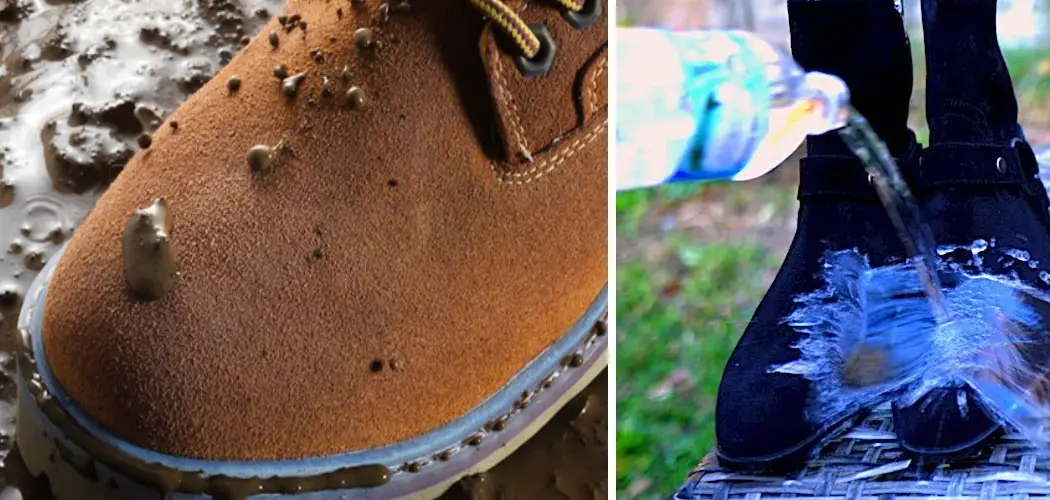If you want to keep your suede boots looking good for the seasons, it’s important to waterproof them. In this article, we will show you how to waterproof suede boots. Here’s a step-by-step guide to help you do just that. With a bit of elbow grease (and the right products), you can keep your favorite footwear in excellent condition no matter what the weather throws your way. Let’s get started!
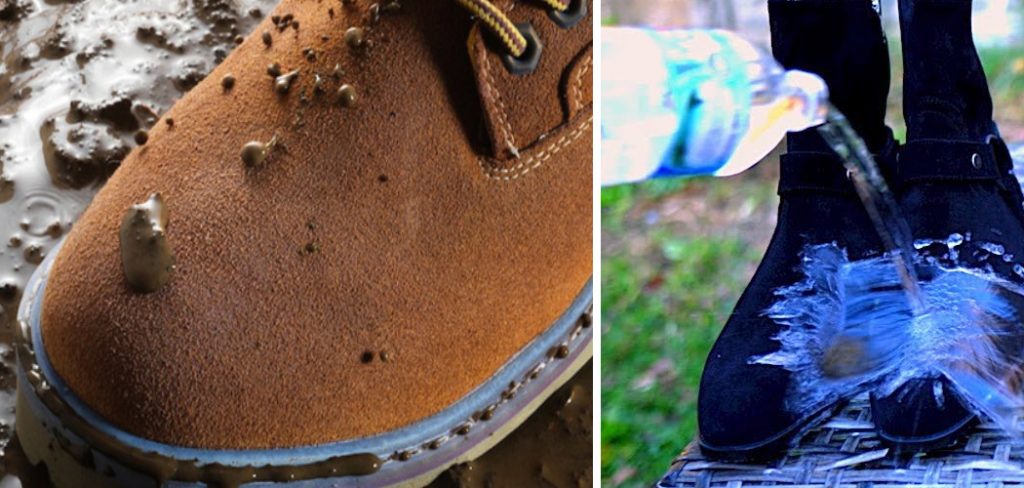
Waterproofing is a process that helps to protect suede boots from water and other liquids. It’s essential to do this before you start wearing your shoes in the rain or snow, as it will help keep them in good condition for longer. Many people choose to waterproof their boots every few months, especially if they’re exposed to moisture. But, it’s ultimately up to you when you want to do this- be sure to do it before the weather gets bad!
Summary: Waterproofing suede boots is possible with a few different methods. Baking soda mixed with water can be applied to the Boots to form a protective coat. Waterproofing products are available, which should be applied following the manufacturer’s instructions for the best results.
Waxes such as shoe polish can be used, and petroleum jelly or Vaseline can be rubbed onto the boots to waterproof them. Each of these methods will help protect suede boots from moisture and dirt, making them last longer.
A Detailed Guide on How to Waterproof Suede Boots
Method 1. Using Baking Soda
Baking soda is a chemical compound that is also known as sodium bicarbonate. It is a crystalline white solid but often appears as a fine powder. It is alkaline and can neutralize acids. When it comes in contact with water, baking soda creates a carbonic acid and sodium hydroxide solution. This solution helps to break down the oils and dirt on the suede’s surface. It also helps to lift any color transfer that may have occurred on the boots.
What You’ll Need:
- 1/2 cup of baking soda
- A bowl
- A spoon
- Water
- A soft brush
- Newspaper or a plastic drop cloth
Steps:
- Begin by mixing the baking soda with just enough water to form a paste.
- Apply the paste to the boots using a soft brush. Be sure to focus on areas that seem to be particularly dirty or oily.
- Allow the boots to sit for at least an hour. The baking soda will help break down the oils and dirt on the surface of the suede.
- Rinse the boots off with water. Avoid getting the boots too wet, which could cause them to stretch or lose their shape.
- Allow the boots to air dry away from direct sunlight or heat.
Method 2. Using a Waterproofing Product
Several different waterproofing products on the market can be used to protect suede boots. These products work by creating a barrier between the suede and the elements. As a result, they can help prevent water, snow, and mud from penetrating the surface of the boots. This is a crucial method in how to waterproof suede boots.
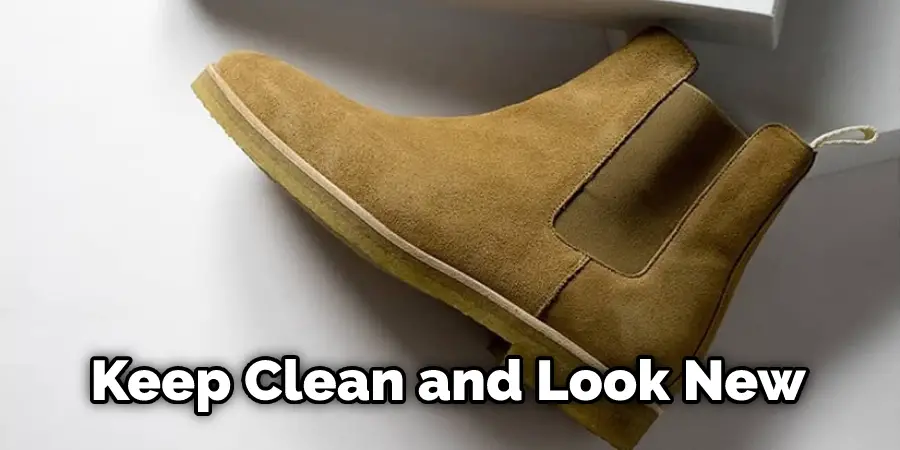
What You’ll Need:
- A waterproofing product specifically designed for use on suede boots
- A soft brush
- A cloth
- Newspaper or a plastic drop cloth
Steps:
- Read the instructions on the waterproofing product you have chosen to use. Each product will have specific instructions on how to apply it.
- Apply the waterproofing product to a small area of one boot using a soft brush. Be sure to work the product into the suede well.
- Allow the product to dry completely before moving on to the next step. This may take several hours, so be patient!
- Once the product has dried, apply it to the other boot in the same way.
- Let the boots dry for 24 hours before wearing them.
- After 24 hours, you can test them out by walking in some rain or snow. If they seem to be water-resistant, you’re good to go!
- If you get your boots wet, allow them to dry completely before putting them away. This will help to prevent any long-term damage.
Waterproofing products can be a great way to protect suede boots from the elements. Read the instructions carefully and apply the product in a well-ventilated area. Let the boots dry for 24 hours before wearing them in wet weather. Happy walking!
Method 3. Using a Waterproofing Wax
If you want to ensure that your suede boots are protected from the rain and snow, you can use waterproofing wax. This will create a barrier that will keep moisture out. Test the wax on a small, hidden area of the boot first to make sure it doesn’t cause any staining.
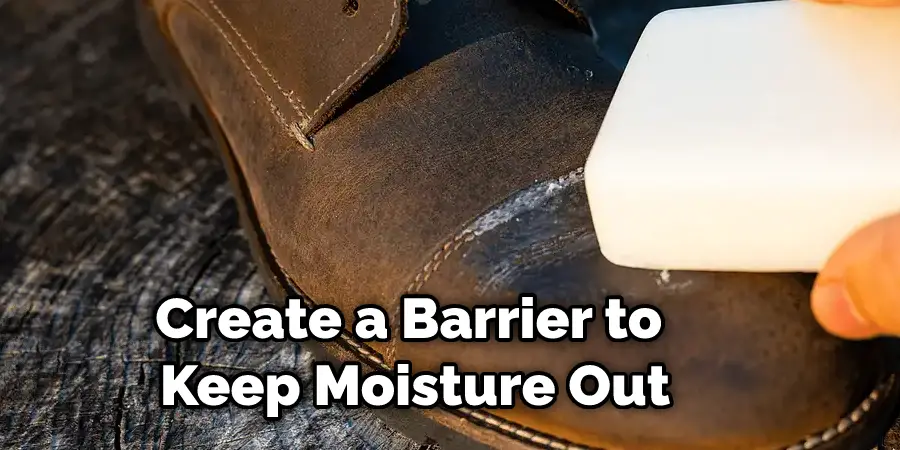
What You’ll Need:
- Waterproofing wax
- Soft cloth
- Rubber gloves
- Old toothbrush
Steps:
- Put on the rubber gloves and protect your clothing with the old cloth.
- Apply a small amount of waterproofing wax to the toothbrush.
- Gently brush the wax onto the suede in a circular motion.
- Be sure to apply it evenly, and don’t forget to pay attention to the seams and areas where water is likely to seep in.
- Allow the boots to dry completely before wearing them in wet weather.
Method 4. Using Petroleum Jelly or Vaseline
Petroleum jelly or Vaseline is a thick, waxy substance made from crude oil. It can be used to waterproof suede boots by coating them in a thin layer. The petroleum jelly will help to seal the fabric and prevent water from seeping in.
What You’ll Need:
- Petroleum jelly or Vaseline
- Cotton balls
- Scrub brush
Steps:
- Start by coating the boots in a thin layer of petroleum jelly or Vaseline.
- Next, take a cotton ball and rub it over the surface of the boots. This will help to distribute the jelly evenly.
- Allow the boots to dry for several hours.
- Finally, use a scrub brush to brush off any excess jelly.
Method 5. Using Shoe Polish
Suede is a delicate fabric, and it’s essential to use the correct products and methods when cleaning or waterproofing them. Some people recommend using a waterproofing spray, but this can alter the color of the suede, and it may not be effective in protecting them from moisture. A better option is to use shoe polish. Shoe polish will help to form a barrier against moisture and will also help to keep the suede looking its best.
What You’ll Need:
- Shoe polish
- Soft cloth
Steps :
1. It’s essential to clean the suede boots before waterproofing them. This will remove any dirt or dust on the surface, and it will help the shoe polish adhere better. Use a soft cloth to brush away any dirt or debris. If there is any mud or dried blood, you can try to remove it using a damp cloth. Be very careful not to scrub too hard, as this can damage the fabric.
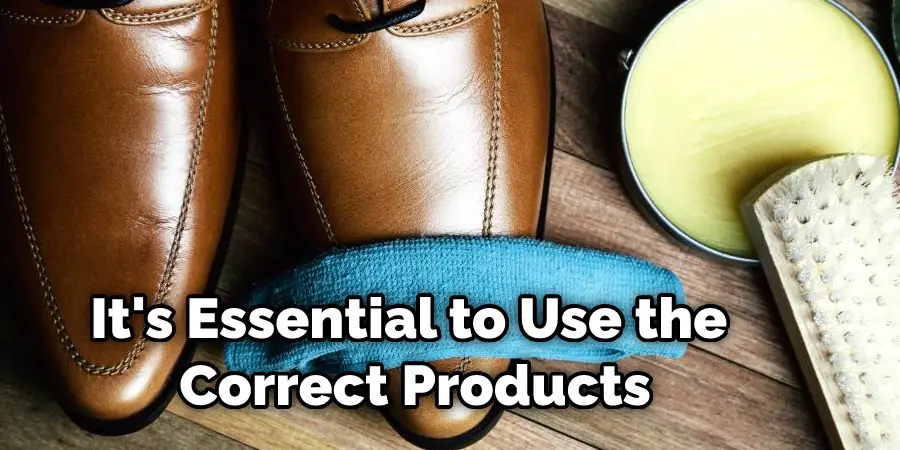
2. Once the boots are clean, apply a thin layer of shoe polish to them using a soft cloth. Be sure to cover all of the suede, including the seams and the soles of the shoes. Then, allow the shoe polish to dry completely.
3. If the suede starts to look dull or if it becomes wet, you may need to repeat the steps above. Then, apply a second coat of shoe polish and allow it to dry completely. If the boots get wet, you can try to brush away any moisture with a soft cloth and then apply another layer of shoe polish.
Waterproofing your suede boots is an essential step in protecting them from moisture and keeping them looking their best. You can use several methods, but the best option is usually to use a waterproofing spray. Be sure to clean the boots before waterproofing them and applying a thin layer of shoe polish. If the shoes get wet, you can try to brush away any moisture with a soft cloth and then apply another layer of shoe polish.
Frequently Asked Questions
How Often Should I Waterproof My Boots?
It is a good idea to waterproof your boots regularly. How often you need to do this will depend on the type of boot, the climate you live in, and how usually you wear them. It is a good idea to waterproof your boots every few months. If you live in a wet climate, you may need to do it more often. On the other hand, if you only wear your boots occasionally, you may be able to go longer between treatments.
What Are Some Signs That I Need to Waterproof My Boots?
If you’re not sure whether your boots need to be waterproofed or not, here are a few signs to look out for:
- If your feet tend to get wet after a short time walking in rain or snow, your boots likely need some protection.
- If the surface of your boots starts to crack or peel, that’s another sign that they could use a waterproofing treatment.
- If water can seep through the seams of your boots, they will need a coat of sealant.
How Do I Make My Suede Shoes Look New Again?
Suede shoes can be a bit tricky to keep clean and look new. However, with a few simple tips, you can keep your suede shoes in excellent condition for years to come.
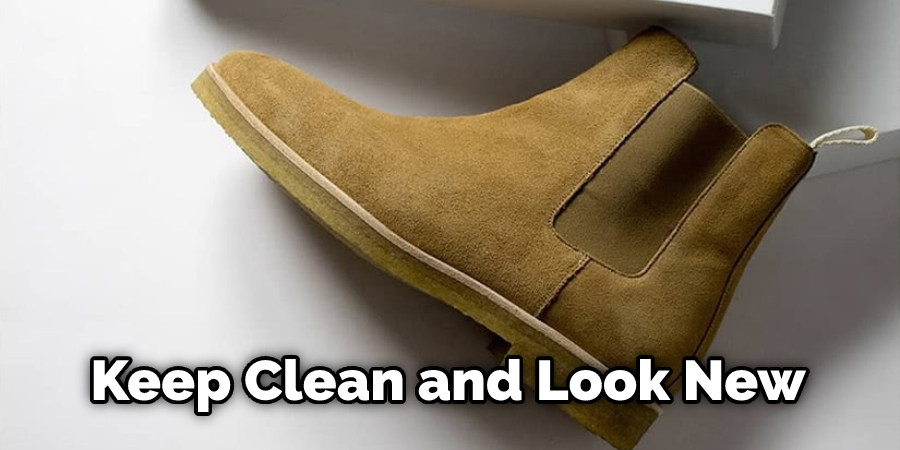
The first step is to identify the type of suede you are working with. There are two types: nubuck and suede. Nubuck is a type of suede that has had the nap brushed up, while suede is the original type of leather with a downy surface.
Once you have identified the suede type, it is essential to determine the level of care needed. Suede that is not nubuck does not require any special treatment – brush it with a soft brush now and then. On the other hand, Nubuck needs to be treated with a waterproofing agent every six months or so to keep it from staining and looking dull.
You Can check it Out to Measure Insole of Shoe
Conclusion
Waterproofing suede boots is a quick and easy process to protect them from the elements. Whether you’re dealing with snow, rain, or sleet, following these simple methods on how to waterproof suede boots will ensure your suede boots look as good as new for the seasons to come.

